Being both nerds my nature, my wife and I predictably visited a long list of weeaboo attractions in our time in Japan. The best of theses destinations by far is the Studio Ghibli Museum. I had originally planned to only write a single weeaboo post, but what was meant to be only a couple of paragraphs on the museum quickly got out of control.
This is problematic, because photography is prohibited inside the museum, so I don’t have a lot of pictures to illustrate my point. Still, I cannot bring myself to gloss over the details of this place, and if you would bear with me, I will try to explain how this place justifies so many words.
Designed by Miyazaki Hayao himself, the building would look right at home in one of his own movies. Nestled in the corner of Inokashira park in Mitaka, the colourful structure is half-covered by vines. Inside, the museum has the feel of a cozy cottage with large central lobby area. On top of it all is a rooftop garden that’s accessed by a spiral staircase on the side of the building, and in the middle of the garden is a glass roof that casts light right down onto the lobby.
Instead of having objects of interest displayed in glass boxes or framed on walls, there are no barriers between the viewer and the exhibits. The museum was built with children and their grubby little hands in mind, and outside of a few exceptions, the visitors can touch and interact with just about everything in the museum.
For example, the room about the creative process behind the movies was decorated with sketches plastered all over the walls, while books containing reference photos and botany drawings lay spread open on the antique tables. There is also a hand-cranked machine for reviewing film that visitors are free to operate. All this is found in room that looks like it was built for elves. The same level of neurotic detail found in the studio Ghibli movies is alive and well in this museum.
Besides the interactivity, there are some very cool displays to be found. The coolest example is the exhibit explaining how animation works. There is a spinning array of sculpted figurines that, when viewed under strobe lights, achieves the illusion of movement. It’s a brilliant way to demonstrate how animation works, and the sight of so many bouncing Totoros and running cat buses was jaw-dropping (a sneaky video of this shot by another visitor here).
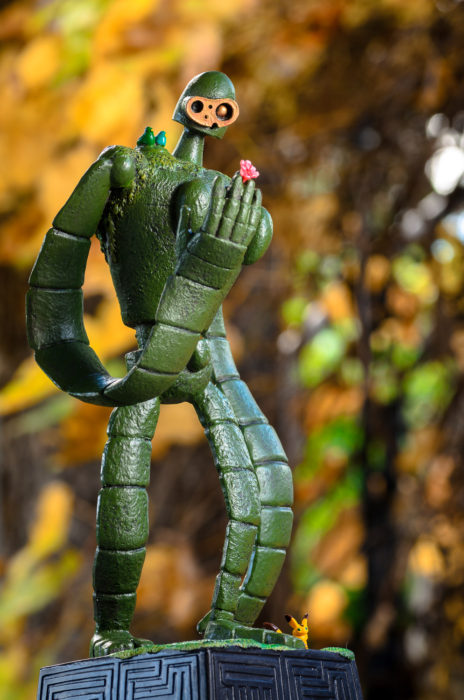
Above all else, the museum really showed off the amount of personal passion that went into the films. Miyazaki’s obsession with aviation and machinery is hard to miss in his films, but its true extent is revealed at the museum in the form of meticulous blueprints and even working models of impossible flying machines. In films like Porco Rosso it seems like he was aiming to satisfy his own airplane fetish instead of the audience, yet the passion in his own work was infectious enough to charm his audience nonetheless.
As much as I enjoyed the exhibits in the Museum, one major shortfall was the scope of the subjects covered. Even though this is the Ghibli museum, it really ought to be called the Miyazaki Hayao museum. You won’t find many of the films that weren’t directed by him, like Grave of the Fireflies, Pom Poko, or Only Yesterday. In fact, the entire museum seems to be focused on only a handful of early films in Studio Ghibli’s history. All you really need to know is Nausicca (technically not a Ghibli movie), Totoro, Laputa, and Kiki’s Delivery Service to recognize 90% of what’s in the museum. Even other big Miyazaki hits like Spirited Away and Princess Mononoke don’t get much of a nod.
There is a single room dedicated to temporary exhibits, which has been used to showcase specific films like Spirited Away and Ponyo before. Still, those expecting a comprehensive celebration of Studio Ghibli’s works over the last thirty years will be disappointed. With the building as packed as it is, the only sensible solution is to expand the museum by bulldozing the surrounding park to the ground. I’m sure they’ll rev up the chainsaws in the name of Studio Ghibli any day now.
Besides the exhibits, there’s a lot to do. The aforementioned rooftop garden is home to a massive Laputa robot soldier statue. We had to contend with a lot of rain when we were on the roof, but it at least made for one moody & over-processed photo. At the base of the staircase to the roof is a Catbus playroom for younger children, or as I like to call it: the Ghibli museum mosh pit.
One regret I had about our visit is our failure to heed the advice of a friend, who had warned us about the long lines for the cafe — the estimated wait time was two hours by the time we got there. The menu is big on simple organic foods like pork cutlet sandwiches and omelette rice. The food is not gaudily decorated to look like any characters, and it certainly looked good when I look into the cafe while standing in the pouring rain. If a two-hour wait is too much to bear, there is a hot dog stand outside the cafe as a faster alternative.
There’s also a theatre screening museum-exclusive short films. There are ten shorts in total, and they rotate on a daily basis, which means you’ll need to visit the museum at least ten times see them all. We watched Looking for a Home, which was perfect for us because it contained no spoken Japanese. The film is adorable and worth the admission price alone, though I wish I had caught the short about the tiny baby catbus from Totoro.
Last but not least, there’s also a well-stocked souvenir shop with everything from tiny pins to pricey Ghibli-themed jewellery. Not everything sold here is exclusive to the museum, as I found out later on at other gift shops that carry Ghibli goods, but it’s hard to beat the sheer breadth of the selection here. I ended up getting a Laputa music box and a Totoro accessory box. The music box is more of a figure with a music crank at the base, but it plays a memorable tune from the title and ending sequence of the film.
In conclusion, we loved our visit to the Ghibli museum. It is the kind of place that anyone with a pulse should appreciate. To the Ghibli fan, this place is a holy site. To the anime fan who don’t consider themselves Ghibli fans, a visit to this place would likely make converts out of you. Even to those who have zero interest in anime whatsoever and were dragged there against their will, the charming interior of the museum alone will keep them entertained.
Given the retirement of Miyazaki Hayao, there probably won’t be any more Studio Ghibli feature films in the future. While the failure to establish a successor to carry the torch is unfortunate, thanks to how well Studio Ghibli’s films have aged over the past thirty years, the Ghilbi museum will continue to be relevant for as long as people still care about Japanese animation.
If you’re planning to visit, prepare to book your tickets up to four months prior to your visit. For example: on January 1st, the tickets for the entire month of April go on sale. Oversea ticket sales are very limited, so the only way to reliably secure tickets is to pounce on them on the first day of the month. Otherwise, you’re looking at paying 3-5 times the price by buying the ticket through a middleman shopping service.

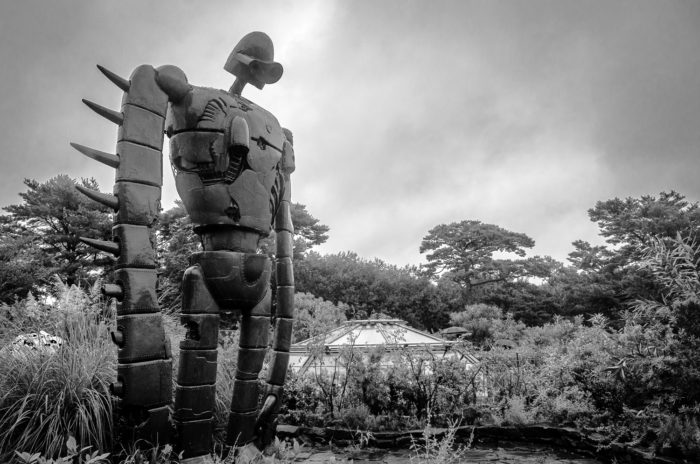
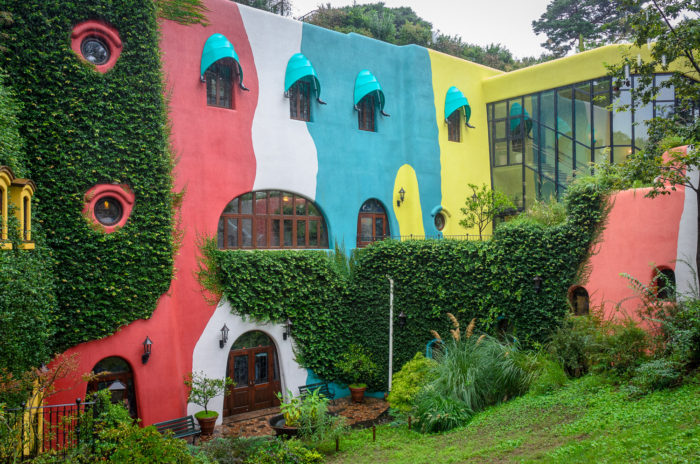
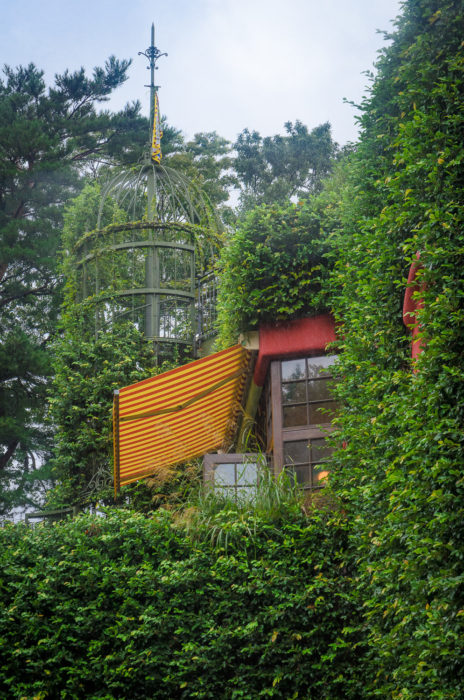
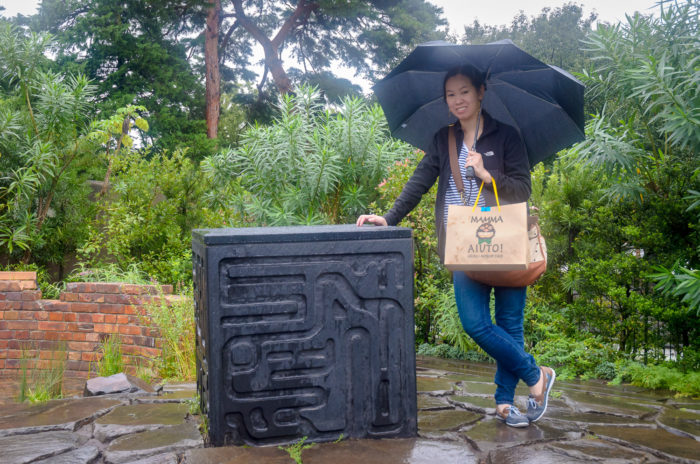
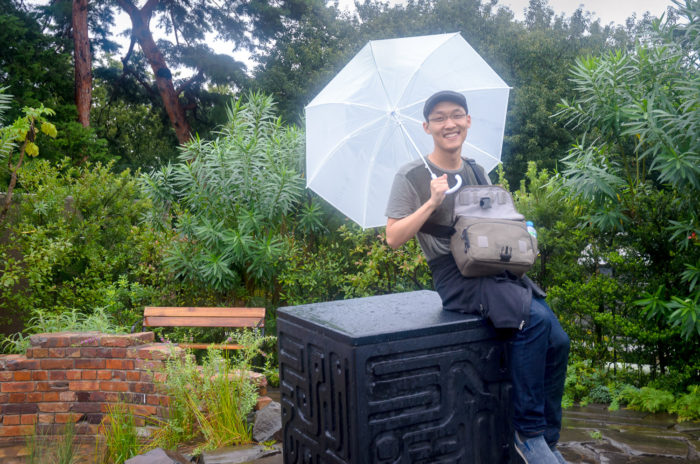
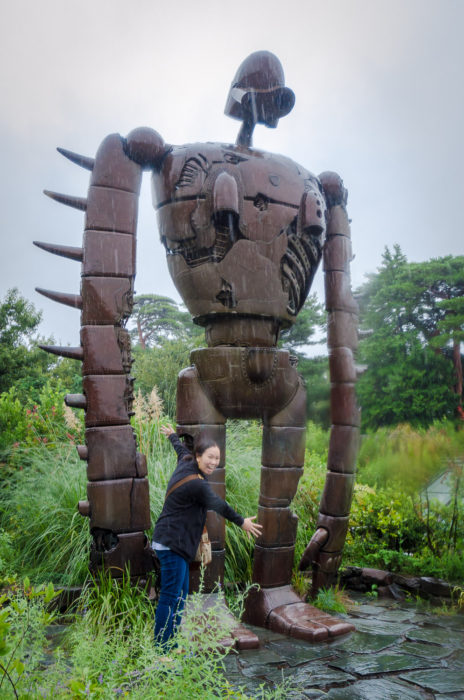
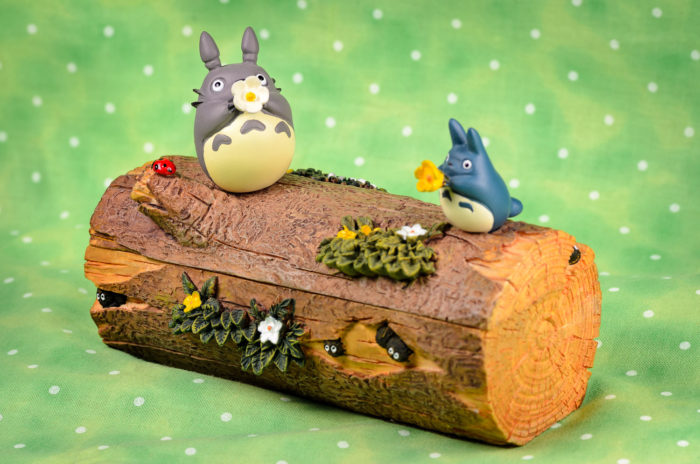
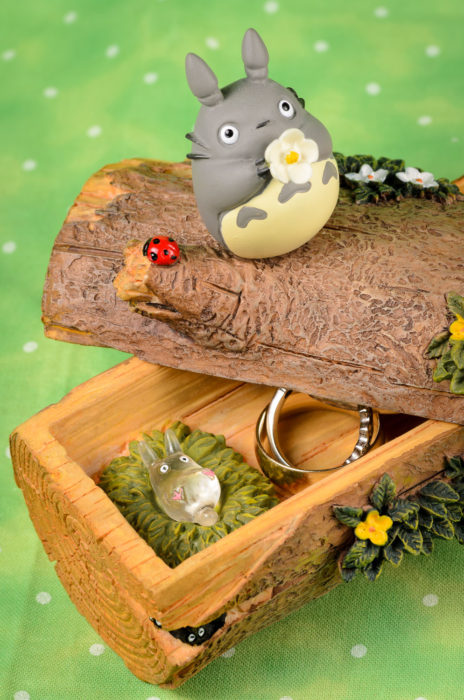
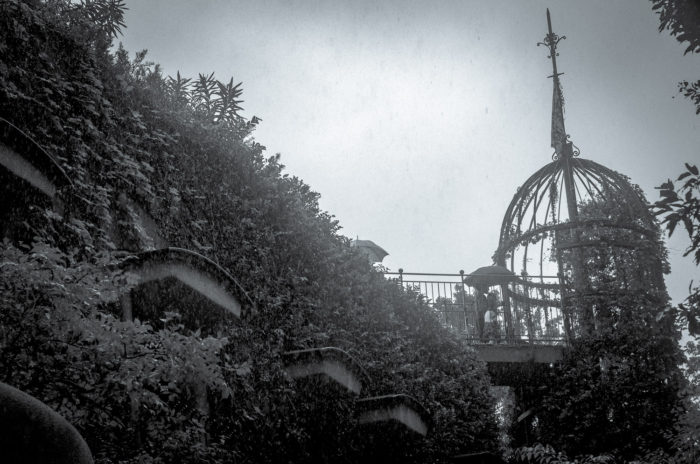
One reply on “Japan Post #3: Studio Ghibli Museum”
Awesome photos, Chag 😀
I thought about going to this museum but then, as you have mentioned, getting the tickets is not an easy task. It’s almost crazy how popular this place is! Probably worse than trying to get into Disney World.
Same goes for Ghibli merchandises. The prices… O_O;
But glad you guys had a wonderful time ^^